The Tenant (French: Le Locataire) is a 1976 psychological thriller/horror film directed by Roman Polanski based upon the 1964 novel Le locataire chimérique by Roland Topor. It is also known under the French title Le Locataire. It co-stars actress Isabelle Adjani. It is the last film in Polanski's "Apartment Trilogy", following Repulsion and Rosemary's Baby.

"I think I'm pregnant," Roman Polanski coos beguilingly to the mirror in his 1976 film, The Tenant. He's clearly thrilled with his appearance; he's done himself up in a black floral print dress, with a blonde wig, blue eye shadow, nude stockings, strappy black pumps, and pretty red nail polish, haltingly applied. Like Dustin Hoffman, he has a little bit of nose, so that he resembles that actor's drag in Tootsie, but without the glasses. It's not so bad. He preens a while, and shows some leg by lifting one foot onto a chair.
Seeing him all dressed up like this, you can't help but wonder about the occasion. Playing Trelkovsky, a Polish immigrant living in Paris, Polanski imagines he's the target of a plot to drive him insane and thus secure his suicide. The plotters, his neighbors in the building, have a specific method in mind: they want him to throw himself out the window, like the previous tenant of his apartment, a young Egyptologist named Mme. Schulz. Indeed, they are trying to make Trelkovsky become Mme. Schulz. And so it is that he's wearing his wig and makeup.
The Tenant is Polanski at his funniest, and its humor is premised on its excess. You can think of it as a staring contest where your opponent is dressed in wild drag, sneaking distracting glances at the human teeth embedded in the walls. In The Tenant, Polanski invites you to dwell on the absurdity of situations and appearances, and his straight-faced demeanor in doing so becomes part of the joke: you laugh at its gall, inappropriateness, and self-parody. When Trelkovsky purchases his wig, he buys the first one he sees, and creates considerable discomfort for the help by trying it on in the store. He uses binoculars to spy on the toilet, located down the hall, again and again. He goes out in public, dressed as himself, but still wearing a little forgotten lipstick.
Polanski at his funniest is also Polanski at his creepiest, and The Tenant is as rich in scary moments as it is in laughs, often simultaneously. The horror is macabre, and provided in clearly observed bursts. (This is surely Polanski's style; in Repulsion [1965], stretches of quotidian activity are punctuated by a glimpse of a phantom man in a mirror or the sudden, startling appearance of fissures in the walls.) In one discomfiting scene, Trelkovsky goes to the toilet and discovers himself, in his apartment, watching with binoculars.
In another, a ball bounces with supernatural uniformity before his third floor window; upon closer examination, we find that it's actually a human head. In a less imaginative film, an explanation would arrive, killing the enigma by consigning it to the supernatural or to a dream. But Polanski declines to make sense of it for us, and we leave the film with the mystery unresolved.
Sven Nykvist, best known for his work with Ingmar Bergman, shot The Tenant with his trademark clarity, and the precision of his images adds to the nightmare atmosphere. It's Nykvist's special contribution that he gives us a good look at Polanski's wild imaginings, so that when a character suddenly sprouts a thin, forked tongue, you don't miss that detail. (Contrast that with the fast-cut, muddied action of a recent horror film such as 28 Days Later, and you get the idea.)
Trelkovsky isolated, is an immigrant without friends or family, a man who feels he doesn't fit in. The film doesn't say that urban living is too much to bear (as do some '70s films, like Little Murders or Taxi Driver), and it's not a treatise on the necessity of family or social immersion. The Tenant says that we can be made to be aliens by our own psyches, even in our own homes.
Still, Trelkovsky's story isn't precisely "universal." What Gilliatt balked at saying in her review, and what I hesitate to bring up myself, is that the character's circumstances in some ways mirror Polanski's. Estranged from the privileges of Hollywood by his own ill-advised flight from justice, and without a family (his wife, the actress Sharon Tate had been slaughtered by the Manson Family some years before), it's not hard to imagine why this material may have appealed to him. Having lived out the Holocaust in the woods outside Warsaw, and having lost his mother to the camps and his wife to butchers, Polanski presents horrors that surely pale before those he's experienced.
Everything about The Tenant is too much, not just a little, but way too much. We often treasure excess, as in Kurosawa's Throne of Blood (1957), Macbeth stands, teeth clenched, with arrows bristling from him. When Godard pans interminably across a traffic jam in Week End (1967), or when his protagonists reenact the death of Jesse James in Band of Outsiders (1964), his radical experiments seem beyond "good sense." Even David Fincher's The Game (1997) exhibits this excessiveness, when the "game" goes on so long and becomes so elaborate that it's riding on ether.
And it is in the company of these terrific, one-of-a-kind films, not among the failed efforts, that The Tenant belongs. Its madness informs its sublime balance between the ridiculous and the terrifying. This madness is born of Polanski's pain, no doubt, and it's a madness that forges ahead.
The cast, which combines actors of different generations and experience, is impressive:
apart Roman Polanski and Isabelle Adjani, the building is in fact populated by great old Academy Award winners such as Melvyn Douglas, Jo Van Fleet, Shelley Winters, Lila Kedrova and fine supporting actors as Claude Dauphin, Bernard Fresson, Michel Blanc, Josiane Balasko, Gérard Jugnot.
The original poster of the film is designed by Richard Amsel.



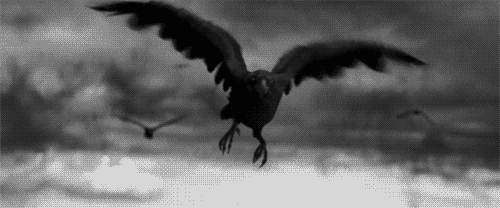
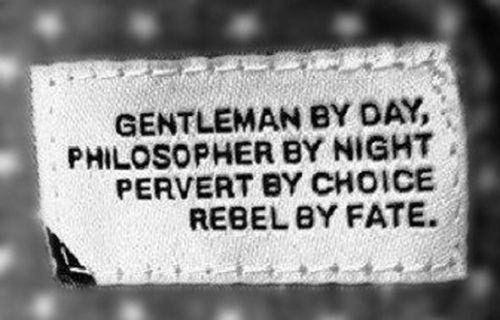



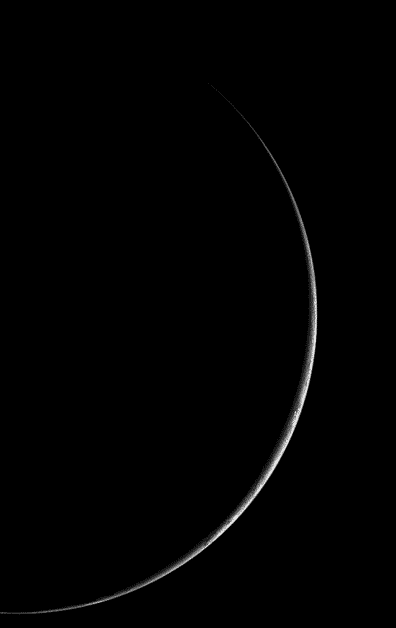








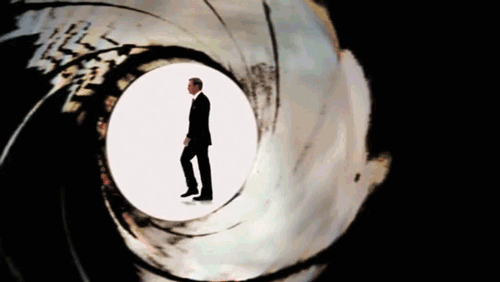


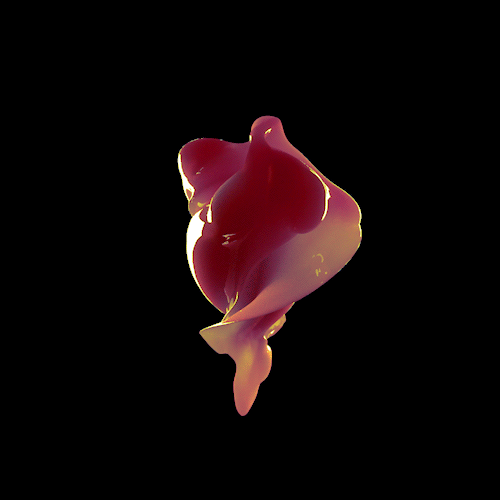


No comments:
Post a Comment